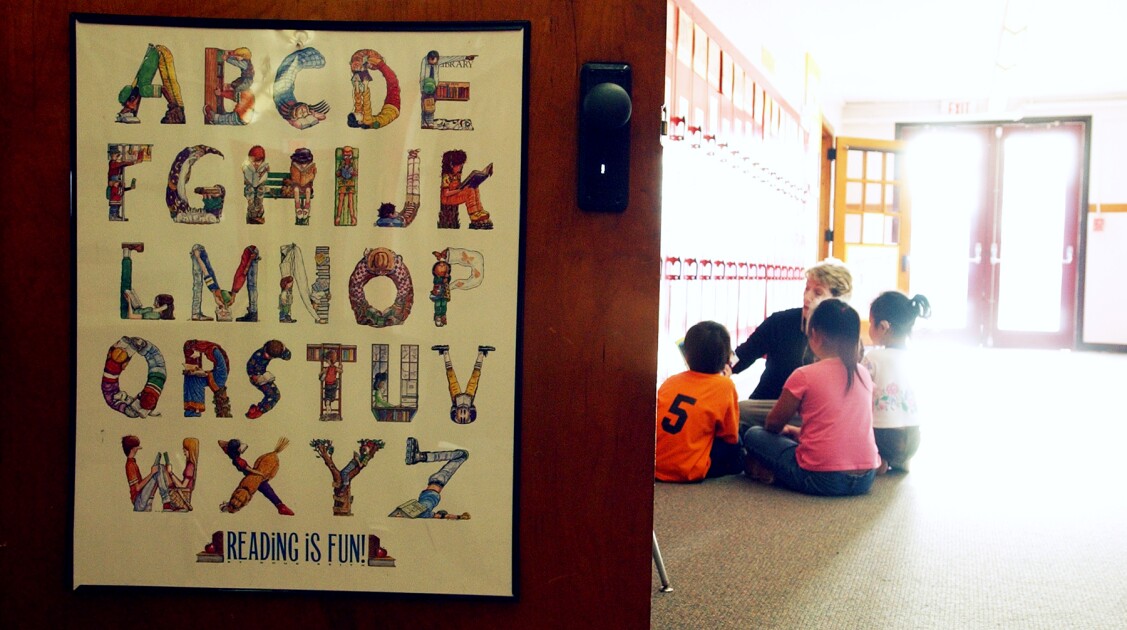Includes updates and/or revisions.
Schools are failing to identify struggling Asian-American students under the No Child Left Behind Act and to get them the academic interventions they need, a report says.
“Contrary to stereotypes that cast Asian-Americans as model students of academic achievement, many Asian-American students are struggling, failing, and dropping out of schools that ignore their needs,” says the report, released last week by the Asian American Legal Defense and Education Fund.
Because the 6-year-old federal law fails to adequately track the academic achievement of all Asian ethnic groups, the organization contends, schools don’t need to publish test-score data that would highlight of the struggles of some groups of Asian-American students, particularly those who are English-language learners.
To combat those problems, it says, the law should require districts and schools to break down test scores by the ethnicity of Asian students and to expand the native-language testing of such students in districts with significant populations of certain ethnicities.
Asian students in the United States “have a very different experience” from that of Hispanic students and other English-language learners, Khin Mai Aung, a staff lawyer for the New York City-based AALDEF, said in an interview. “We need to battle this ‘model minority’ myth” that all Asian-Americans are high-achieving students, she added.
One of the NCLB law’s most significant elements is the requirement that schools and districts break down test-score and other data by students’ race or ethnicity and family income levels, as well as by disability and English-language-learner status. To make adequate yearly progress under the law, districts and schools must meet achievement goals for each such subgroup of students in reading and mathematics.
Secretary of Education Margaret Spellings and other supporters of the law say the disaggregation requirement is vital to the law’s goal that schools close the gaps in achievement between minority and white students.
Identifying Differences
But the AALDEF report says that the way Asian-American students’ scores are disaggregated is inadequate. Every state should be required to collect comprehensive data that are broken down by “ethnicity, native language, socioeconomic status, ELL status, and ELL program type,” it says.
“That will show the different performance and experiences of different Asian-American populations,” Ms. Aung said.
The group does not recommend holding schools accountable for the performance of every Asian ethnicity, however. Instead, it proposes increasing ELL services to students in those ethnic subgroups based on their performance.
“We’re very much against a testing-and-punish law,” said Brian Redondo, the program associate for educational equity at AADELF.
The report highlights important differences between the challenges facing Asian-American students and Latinos, said Peter Zamora, the regional counsel in Washington of the Mexican American Legal Defense and Educational Fund, which is based in Los Angeles.
“Once you unpack the data” by different Asian ethnicities, said Mr. Zamora, “you find there are subgroups in the Asian-American diaspora that are underperforming.”
The report also says that proposals to improve testing of English-language language learners under the NCLB law won’t address the needs of Asian-American communities.
A draft proposal to reauthorize the law released last year by the House Education and Labor Committee would have required states to publish native-language tests when 10 percent or more of their ELL populations were from the same language background. Since the committee released the draft in August, the congressional effort to renew the NCLB law has stalled.
By focusing on percentages but not total numbers, the draft proposal would have overlooked high numbers of the Asian population in large states, such as New York, California, and Texas, the AALDEF report says. For example, Vietnamese-speaking students comprise 2.5 percent of California’s ELL students, but the number of students for whom Vietnamese is their first language is larger in some California counties than the ELL populations of some entire states, the report says.
To serve Asian-Americans’ needs, states should be required to offer native-language tests if they enroll 10,000 or more students who speak one language, the report recommends.







